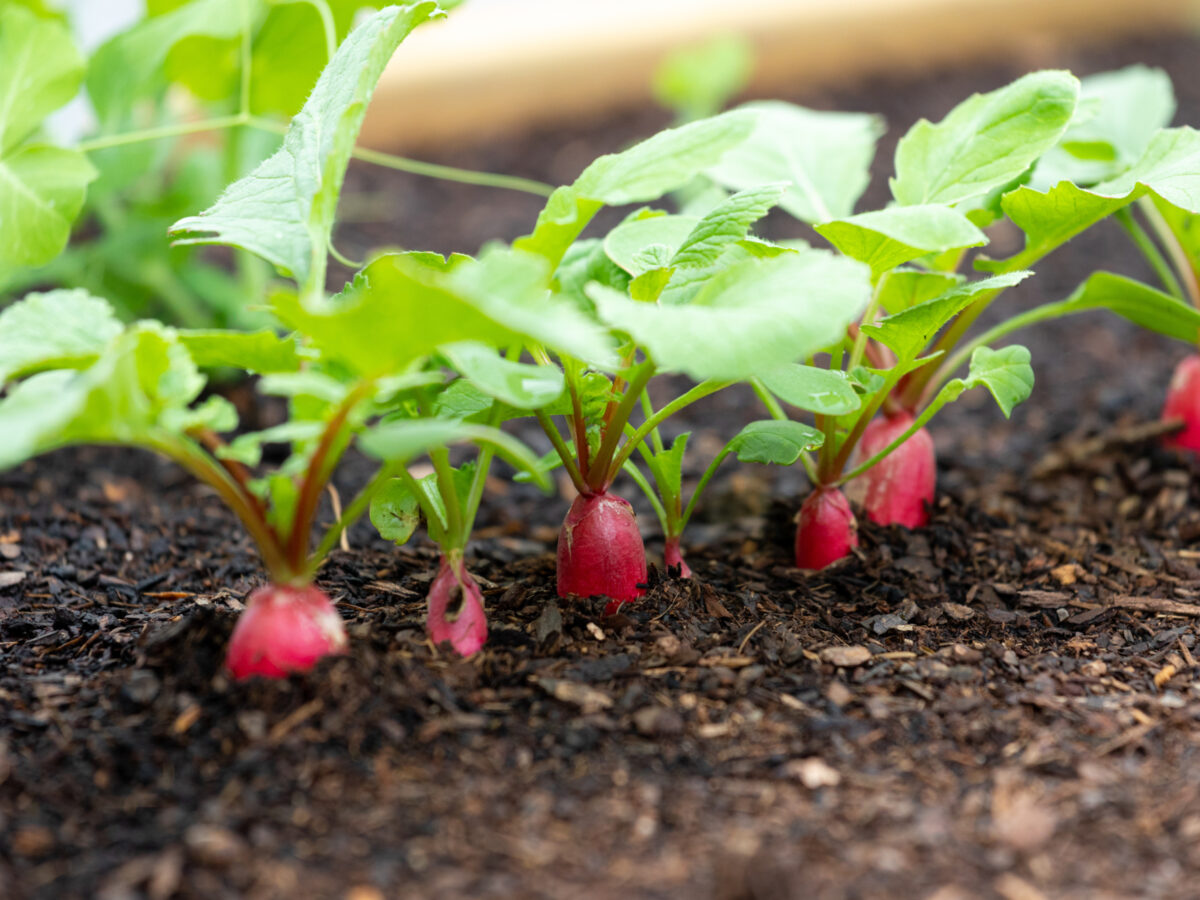
Chinese Arrowhead
- Tags
- Vegetables and herbs
| Growing calendar | |
|---|---|
| Sow indoors | April |
| Harvest | October |
Chinese parents often give gifts of Chinese arrowhead (Sagittaria trifolia) plants around New Year to newly married couples, as they hope it will encourage the birth of grandsons.
With bold dramatic foliage, and little effort needed to cultivate it, the plant is suitable for growing in a conservatory or warm office, as all you need is a large watertight container. The plants need six months growing time to produce a worthwhile harvest, and the leaves will not stand frost.
There are a number of different cultivars of Chinese arrowhead but none are available individually for UK growers yet. Some of the best Japanese cultivars are Aokuwai and Shirokwai, with large tubers and good yields. Probably the best source of plant material for most people is a Chinese supermarket, although you will have little or no information about which variety is sold. Choose fresh, crisp plant material with a firm central spike and no sign of rot.
How to sow Chinese arrowhead
The tubers should be planted as soon as possible after purchase, half their depth in a bucket containing about 15cm/6in of sandy soil, which is low in organic matter and covered with at least 20cm/4in of water.
Place the bucket in a warm, bright place, at least 18oC/65oF and wait for the tubers to sprout, which is likely to take three weeks or so. Initially the tubers may float, and if this happens simply prod them back into the mud at the base of the bucket.
Once the tubers have broken dormancy, growth is quite rapid and each tuber may need moving to a separate bucket within six weeks or so. Warmth is important at this stage as the tender young leaves resent being chilled, so a frost-free greenhouse, sunny conservatory or bay window may be a better place for the plants than a more draughty site such as a porch or a polytunnel.
Planting out Chinese arrowhead
As the weather improves, if you want to try growing plants outside, start to begin hardening them off. They can be left outdoors once the night temperatures are above 10oC/50oF; this is usually in late May-early June. Mature plants can grow to nearly 1m/3ft across and over 60cm/2ft tall. Choose a sheltered spot, ideally west or south facing protected from cold winds. They tend to crop better inside in cold regions such as the Midlands.
Keep the plants covered with at least 10cm/4in of water at all times: it won’t hurt to use tap water if you have to. They can be submerged a little deeper than this, which sometimes may be needed to help keep containers stable.

Harvesting and use
As the days shorten, in October, the leaves on your arrowhead plants will begin to turn yellow and die off. Stop refilling the containers with water and remove all leaves as they die.
Alternatively, turn containers on their sides to drain and allow the plants to die back completely while the soil around them is drying out. It’s important that dying leaves don’t fall into the water and decay, because this will make the developing tubers taste and smell very unpleasant.
As soon as the leaves die back, you can harvest the tubers. They will store for a few days in the fridge but quickly dry out so it’s best to use them as soon as harvested. Save a couple of the larger tubers to plant next season, and store buried in 15cm/6in of soil under the same depth of water in a shed, greenhouse or polytunnel. A good crop is around 500-800g starting from three or four tubers.
Propagate from saved tubers kept in very damp soil in frost free place over winter (or 3ft underwater outside for most winters).
Troubleshooting
When the arrowhead plants are in their final position you might need to repot them into a larger container. We've used a bendy plastic tub, but other growers have used all sorts of improvised watertight vessels, such as a discarded bath with the plug left in or a paddling pool. Whatever container you use, it should be clean and free of any contamination, and strong enough to hold the weight of water, mud and plants. Galvanized water-tanks are unsuitable because the high levels of zinc can be toxic to plant growth.
Chinese arrowhead is free of most pests and diseases in the UK.
| Growing notes | |
|---|---|
| Difficulty | Moderate |
| Germination time | N/A |
| Average time to harvest | At least 5 months |
| Equipment needed | Large, watertight tub and protected cropping area until summer |
| Average plant size | 1.5m height and spread |
| Family group to grow with | Arrowheads |
| Key nutritional content | Starch, protein, potassium and Vitamin B |
| Latin name | Alismataceae |

Love our growing advice?
Get a direct link to our horticultural advice team, as well as members-only online resources with a Garden Organic membership.